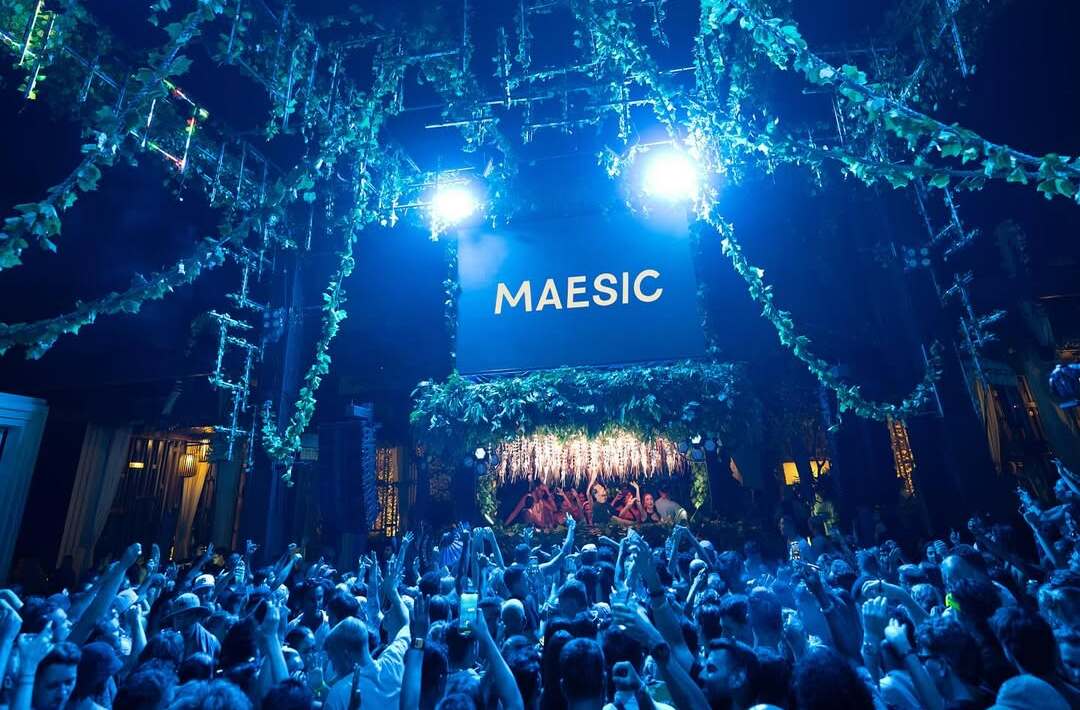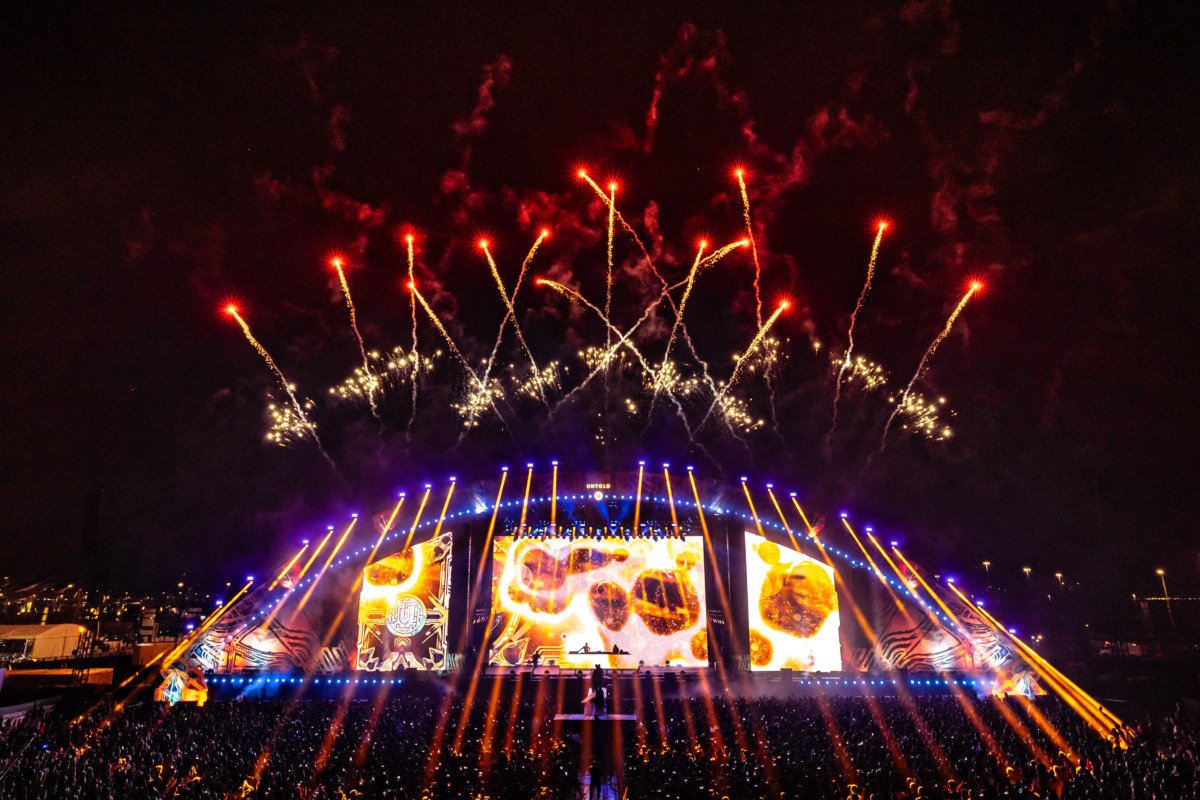Isekai Izakaya: Japanese Food From Another World and Restaurant to Another World both feature shockingly similar premises -- what if instead of a character being isekai'd, the other world was able to come into one of our restaurants and enjoy modern dishes? While this seems like a very specific premise, both anime are able to use their food to explore the culture of their intersecting worlds.
Izakaya has 24 15-minute episodes, broken into two distinct sections: a 10-minute animated section and a five-minute live-action segment that either shows how to make the featured recipe or highlights an actual izakaya notable for the dish. Restaurant has 12 23-minute episodes, also with two distinct segments, but these are more akin to mini-episodes.
The similarities between the properties don't stop there though; both have astounding-looking food and fun reaction shots paired with monologues -- just like any food-based anime. What sets these two properties apart is how they use those reactions to create a compare-and-contrast of worldbuilding.
For example, in Restaurant, when an elf arrives, the first thing the audience learns is that the elves of the other world are all vegan. She's surprised, therefore, when a human is capable of making food she can eat. In a similar vein, when three guild masters dine at the izakaya, disputing fishing rights, this lets the viewer know that fish are a rather important source of income for the area. When they dismiss eel as a disgusting fish of no worth, the Taishou (master of the izakaya) immediately starts making them unagi, settling the dispute.
Both series eateries' introduce the other world to new concepts and culinary ideas. Ironically, both restaurants are reluctant to break their own molds -- with Restaurant's "Western Restaurant Nekoya" reluctant to serve traditional Japanese food, and Izakaya's "Nobu" only serving traditional food.
But that's where the similarities end. In their atmosphere, mechanics and other worlds, each series has its own unique take on the premise. In Restaurant, Nekoya actually serves Japan six out of seven days of the week -- with the magic that allows the other world to visit only happening once per week on Saturdays. Furthermore, the master of the store is actually the grandson of Nekoya's original owner and the other world's great hero! In contrast, Izakaya's Nobu has only been operating for three months prior to the beginning of the series, discovering that their storefront led to another world on opening day. While Restaurant is well acquainted with its customers and their varied cultures and languages (they even have multiple menus), Izakaya is still figuring out its place between the worlds and has a few more steps to go before they're truly settled in.
Izakaya's otherworldly setting actually lets the viewer learn more ab0ut Japan than it does the other world. By focusing on traditional dishes and explaining how they're made to those in the other world, it showcases Japanese ingredients and techniques not used anywhere else. This is further emphasized by the fact that Nobu is almost the sole set-piece for the entire series. If we learn anything about the other world, it's through the regulars as they compare and contrast the izakaya with the rest of the world.
Restaurant, on the other hand, is much more concerned with the other world, often giving each character some background by following their day up to when they enter Nekoya. It spends a fair amount of time building up the world's lore, showing how those who have eaten at Nekoya try to adapt the recipes for their own world (such as making croquettes), and how those recipes always fall short (the breading isn't crunchy).
The shows also have different atmospheres, which reflect their settings perfectly. An izakaya is designed to be an informal environment where you spend time with friends, laugh and drink. Since Izakaya serves one spot in one city, they get to know the regulars by name, essentially making them friends. Their status in the city draws the high and mighty to them as well, allowing them to break down class walls and promote peace across the city.
In contrast, Restaurant is a slightly more formal setting, in which guests almost never know each other prior to entering its door. Furthermore, the shop has a reputation as a safe-zone, allowing all races without judgment or bias. Despite the familiar atmosphere, everyone knows to be on their best behavior. No matter which series you watch, though, you can be sure arguments are going to break out over whose dinner is better.
There's also a difference in how the patrons treat the eatery -- in Restaurant, the heavy use of magic and the mysteriousness of the doors means most realize the restaurant is magic. Meanwhile, in Izakaya, the "isekai" aspect of the store is unknown to the citizens, with some of the regulars offering to escort waitress Shinobu if she needs to run out while it's dark, not understanding that so long as she leaves via the back exit, she'll end up the safe and well-lit streets of Kyoto.
Both shows have their strengths and weaknesses and suit different tastes. But, no matter which one you choose to check out, avoid watching on an empty stomach -- the food always looks delicious! If you don't already have something to eat, you may find yourself drooling by the end of the episode.
Both series are currently streaming on Crunchyroll.
About The Author

